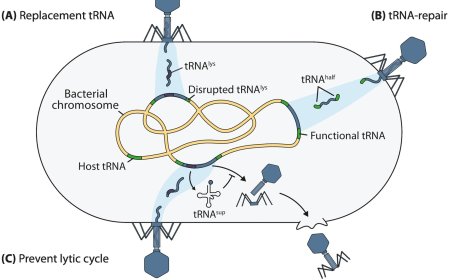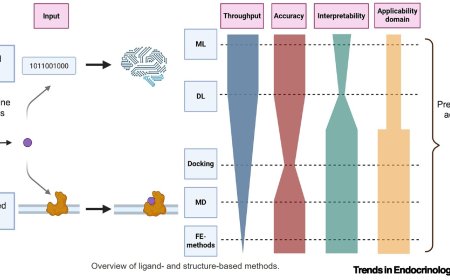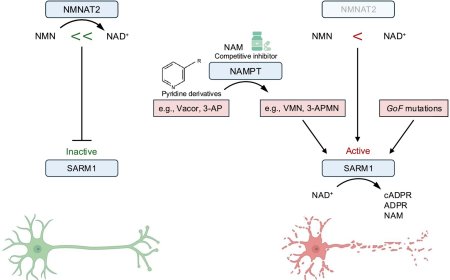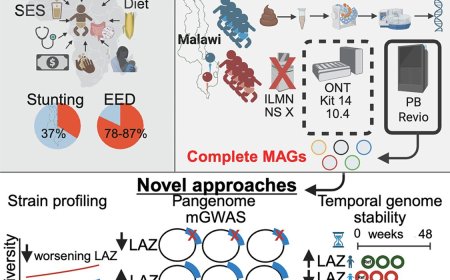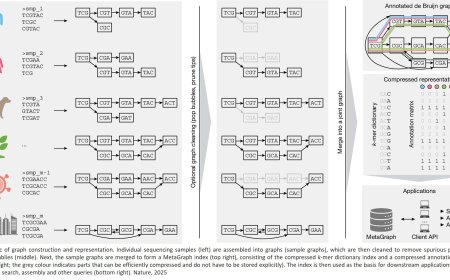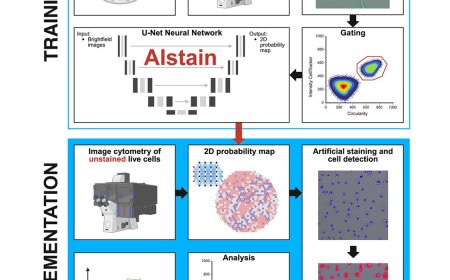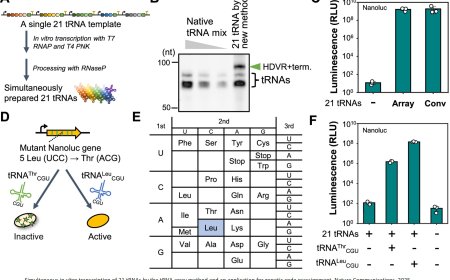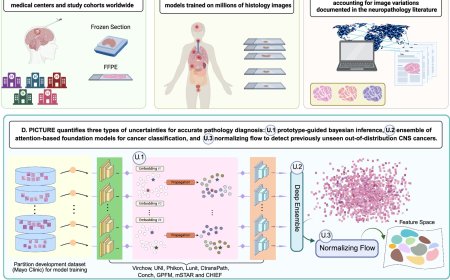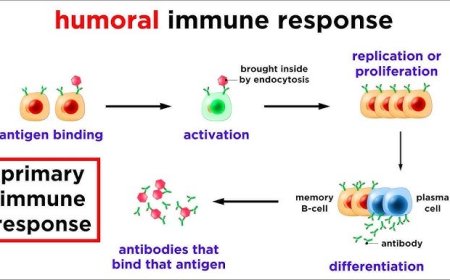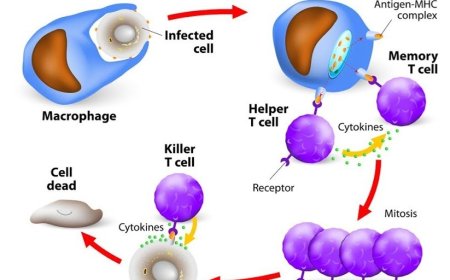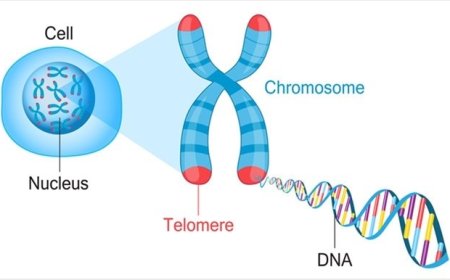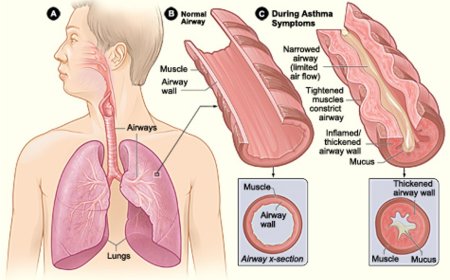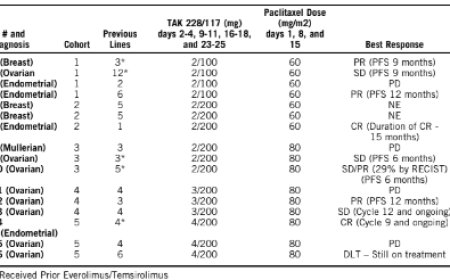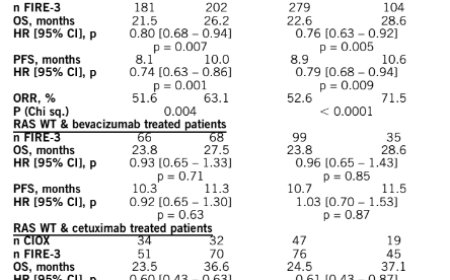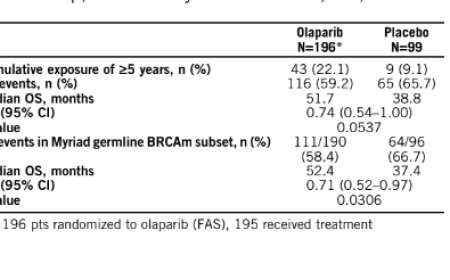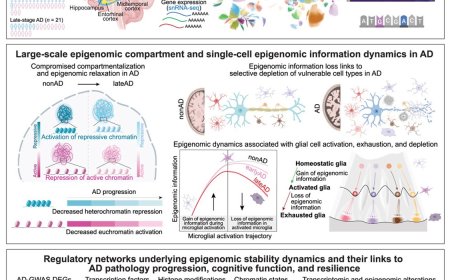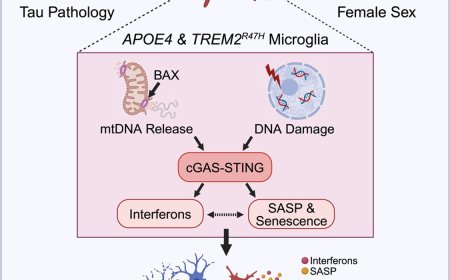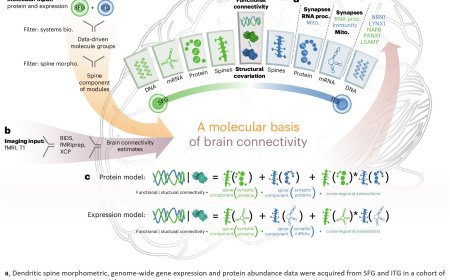How the blood-brain barrier gets leakier with age
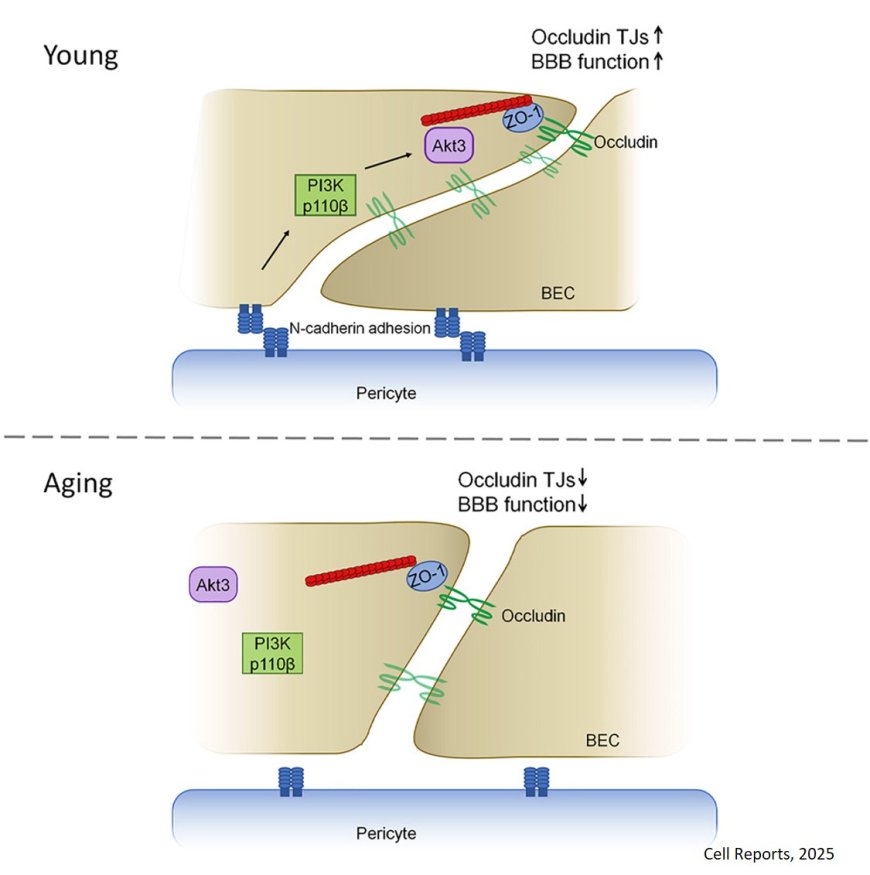
A new study reveals how the blood-brain barrier gets leakier with age, contributing to memory deficits. The study, published in Cell Reports, uncovered the molecular mechanisms behind this process and could provide new therapeutic targets to address cognitive decline earlier in the aging process.
The blood-brain barrier is a layer of cells lining the brain’s blood vessels that keep viruses, bacteria and toxins out while allowing helpful nutrients and chemicals in. A key structure of the blood-brain barrier are tight junctions that act as bridges between cells, restricting entry of molecules. A protein called occludin helps fulfill this essential role.
“It’s a highly regulatable process that allows some molecules to go through and others to remain in circulation,” said the senior author of the study. “Basically, it’s a mechanism that separates the central nervous system from everything else.”
But like many physiological processes, the blood-brain barrier starts to malfunction as we age — it gets leakier. This can lead to memory changes as early as middle age, the author said. Exactly how this occurs is unclear.
In previous research, the researchers tested what happened if they deleted a protein called N-cadherin from the cells lining blood vessels. This made the vessels leakier in the lungs — and in the brain.
In the new study, the lab wanted to see if this leakage had any effect on memory. Mice without functional N-cadherin could learn tasks as well as normal mice, but they quickly forgot what they learned.
A closer look at the brains of these mice showed that the issue was linked to a protein called occludin, which helps form tight junctions in the blood-brain barrier. Both aging brains and young brains lacking N-cadherin had fewer occluding junctions, resulting in a leakier barrier. Molecular experiments showed that when N-cadherin proteins on neighboring blood vessel cells interact, they trigger a signaling pathway that stabilizes occludin, helping to maintain the integrity of the blood-brain barrier.
Comparing samples from younger patients (late teens to 20s) with those from middle-aged patients (40s to 50s), they found that the older group had reduced levels of both N-cadherin and occludin, mirroring the findings in mice.
The study is the first to look at how the signaling activated by N-cadherin controls organization of the tight junctions implicated in blood-brain barrier permeability, the author said.
Because these deficits start to show in middle age, fairly early in the cognitive aging process, it’s not “too late in the game to start treatment,” said the author. The team is now investigating if steps in the signaling pathway activated by N-cadherin could be therapeutic targets.
“This paper shows that actually there might be a much bigger therapeutic window for treatment of any age-related cognitive decline condition,” the author said.
https://www.cell.com/cell-reports/fulltext/S2211-1247(25)00602-3
